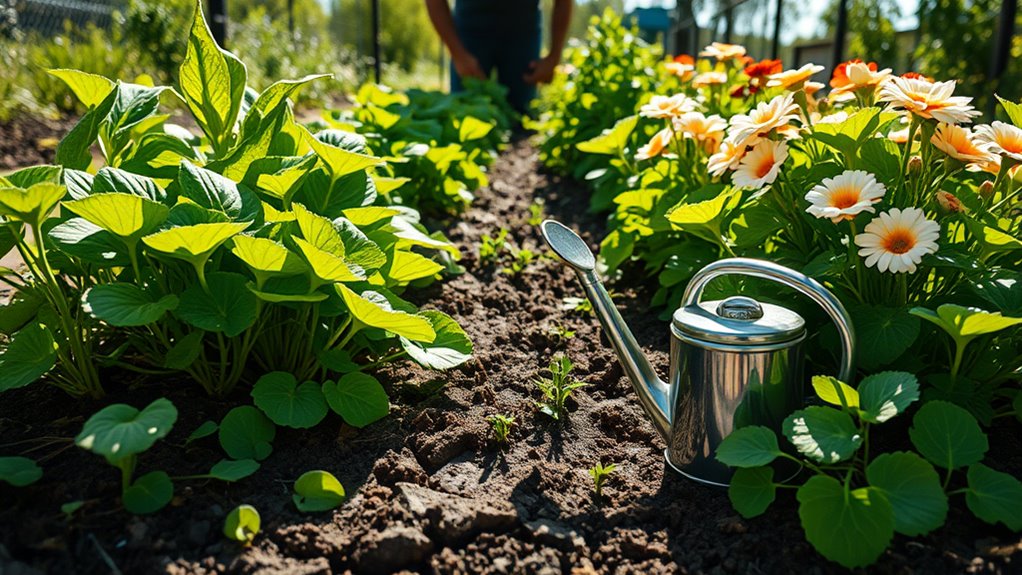The #1 Mistake Every New Gardener Makes (And How to Avoid It)
Most new gardeners believe that planting a few seeds and watering them is all it takes for a thriving garden, but this couldn’t be further from the truth. Without a thoughtful strategy, you’re setting yourself up for frustration and failure. Understanding the nuances of your space, climate, and plant selection is crucial. How do you turn this common misstep into your gardening advantage? Let’s explore the steps to create a thriving garden that flourishes instead of flounders.
Understanding the Importance of Planning
While you may be eager to start planting, understanding the importance of planning is crucial to a successful garden.
For gardening for beginners, it’s essential to assess your space, consider local climate, and choose appropriate plants. Draft a layout, noting sunlight and shade areas, and determine soil conditions. This upfront investment in planning can significantly enhance your chances of a thriving garden. Additionally, selecting low-maintenance plants can further simplify your gardening experience and reduce the overall workload.
Recognizing Your Gardening Limits
Before you dive headfirst into gardening, it’s essential to recognize your limits, as this awareness can prevent frustration and disappointment.
Assess your available time, physical capabilities, and knowledge level. Consider local climate conditions and the resources at your disposal—tools, soil quality, and water access. Additionally, understanding common gardening mistakes can help you plan better and set realistic expectations for your gardening journey, reducing the likelihood of unforeseen challenges.
Selecting the Right Plants for Your Space
Selecting the right plants for your space is crucial to creating a thriving garden that suits your lifestyle and environment.
Consider factors like sunlight, soil type, and climate when choosing plants. Assess your available space, ensuring you account for growth habits and maintenance needs.
Opt for native species or well-adapted varieties to minimize care requirements and enhance biodiversity, aligning with your specific garden goals. Additionally, understanding soil preparation can significantly impact the health and growth of your plants.
Creating a Sustainable Maintenance Schedule
After you’ve chosen the right plants for your garden, creating a sustainable maintenance schedule becomes a key factor in ensuring their health and vigor.
To avoid neglecting your plants, consider these key components:
- Watering frequency tailored to plant needs
- Regular weeding sessions
- Pruning based on growth cycles
- Fertilization timeframes suited to soil requirements
Additionally, understanding essential watering tips is crucial to meet the specific needs of your plants.
Stick to your schedule for flourishing plants!
Learning From Experience and Adapting
While gardening can be a rewarding endeavor, it often comes with a steep learning curve that requires adapting your approach as you gain insight into what works best for your unique environment. Keep detailed records of your plant’s performance, monitor soil conditions, and adjust watering schedules based on weather patterns. Embrace experimentation; every mistake is a chance for growth in your gardening journey. Understanding common beginner gardening mistakes can further help you refine your techniques and avoid unnecessary setbacks.

